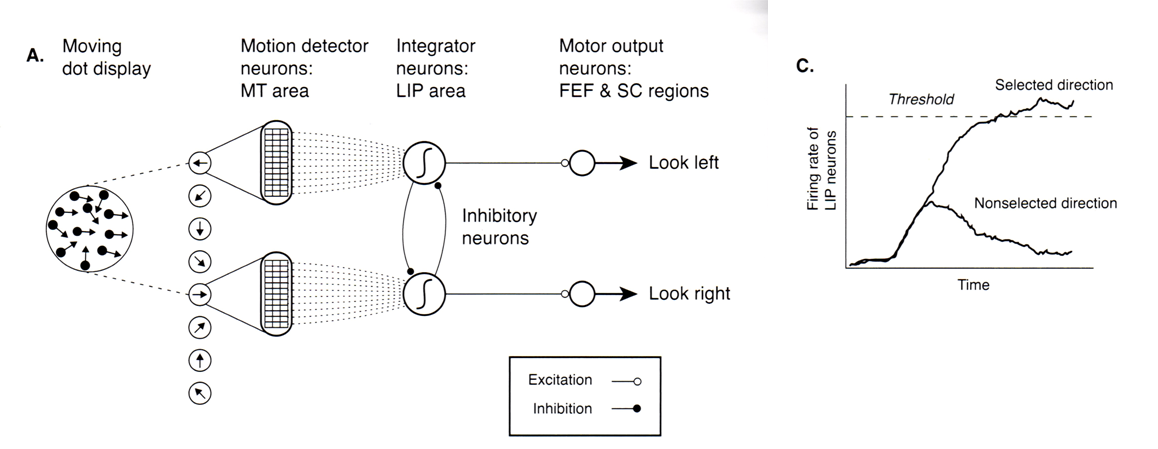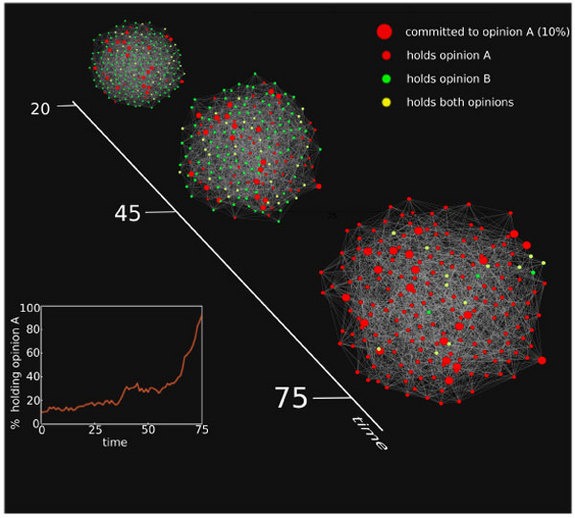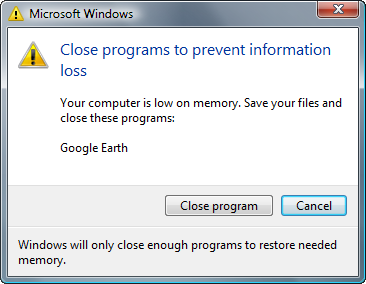It's hard to conceal one's fascination by the world's universality. The fact that things which are seemingly unrelated actually have so much in common. I think it becomes a way of reading the world after a while. Just as the conspiracy theory bunch of folks sees conspiracies everywhere, we universalists see echos all around us. Mandelbrot must have been one of us. If we were a nation, our flag would have a fractal on it. Or it would be something like Jasper John's magnificent "Three flags" :

To me this painting had always represented American imperialism as shown by its belligerent foreign actions and international military presence. But I'd love to read your opinion about it. Feel free to populate the comments with your views.
For now, back to universalism and to, yes, the book I'm still reading for the moment: Gödel, Escher, Bach. 800 pages mind you. Hofstadter talks about an anthill at one moment. He explains how every ant is actually stupid to the point that it thinks the anthill is going to eat it. This we know. However, the chapter becomes interesting when Hofstadter draws a parallel with the brain's neurons. For the thing about neurons is that they are individually incapable of any thought, devoid of intelligence. We don't need them to be individually intelligent however in order to be smart creatures. Hence, just as for ants, there must a mechanism that allows neurons to produce useful output. And sure enough : There is.
Enter the eternal guinea pig :
One interesting experiment related to our subject is the one led by neurologists on a monkey. Yes, that eternal guinea pig. When trained to indicate, or follow the movement of arrows (↗←↑↖→↙↓↘) appearing on a screen with his eyes, the monkey's brain fires up and an incredibly interesting interaction takes place :
- A first category of neurons, called MT, located in the median temporal lobe and focused on a specific visual field 'detects' the direction. The way this happens is that some of these neurons fire up when an arrow pointing left appears and another, distinct, bunch does so when an arrow pointing right appears.
- This information is then transmitted to another group of neurons, called LIP ans also organised into two groups, each receiving the signal of the corresponding 'left MT neuron' or 'right MT neuron'. The two groups of LIP neurons actually inhibit each other. In other terms, if there are more 'right LIP neurons' receiving a signal then 'left LIP neurons', the remaining signal,once the two opposite groups have cancelled out is a 'right LIP neuron' signal.
- And when the discharge rate (the firing up) of one LIP group surpasses another, the neurons responsible for the eye's motion are activated. Hence, the monkey looks in a given direction.
- By sending a group of bees to explore nearby locations
- Looking at them dance once they come back
- Bee dances actually being directions and information about the potential new hives each bee visited, the other bees go and visit the hives based on these indications
- The other bees then come back and join one of the dancing groups of bees to indicate that they adhere to their hive choice
- Once a quorum is reached for a given hive, all the bees move to the new location
Seeley made experiments precisely to understand whether it was the emergence of a majority that determined the hive choice or the appearance of a quorum. And sure enough it's a quorum. Explorer bees won't make their specific humming sound to signal the move to a new hive until they've seen a 20-ish group of bees decide on it. Seeley determined that by building five similar hives and waiting to see which one the bees would choose and how :
20 is the bees' number then. But what's ours ? What is the human number for quorum sensing ? When do we decide to move ? When do we chose a group over another ? How does conviction spread ? Is there even a magic number ? Yes. There is.
Enter the House of Republicans :
In July 2011, a roaring debate in the US was taking place. The House of Republicans was threatening to sink John Boehner's (Speaker of the United States House of Representatives) budget proposal. At around the same time, a study done by scientists at RPI’s Social Cognitive Networks Academic Research Center (SCNARC), was published in the journal Physical Review E. The abstract, among other things, said this :
We show how the prevailing majority opinion in a population can be rapidly reversed by a small fraction p of randomly distributed committed agents who consistently proselytize the opposing opinion and are immune to influence. Specifically, we show that when the committed fraction grows beyond a critical value pc=10%, there is a dramatic decrease in the time Tc taken for the entire population to adopt the committed opinion. In particular, for complete graphs we show that when p<pc, Tc~exp[a(p)N], whereas for p>pc, Tc~lnN. We conclude with simulation results for Erdos-Rényi random graphs and scale-free networks which show qualitatively similar behavior.
Wow ! In many ways, this is very revealing. Graphically, it looks like this :
Going back to the bees actually and falling for that universalist manic, maybe 20 is a proportion explorer bees need to detect in order to move. Maybe it's actually ... 10% ! Or maybe not. The point is though that democracy is an illusion when it comes to decisions. A certain quorum, a given proportion, is the element that will ultimately determine which decision will be taken. And it does so only if the group holding that opinion is dedicated, borderline fanatic.
Enter the boneheads :
Bonehead, according to the free dictionary, refers to "a stupid or obstinate person". Obstinate. To me obstinacy is key. Not that it's an awesome character to have in life but rather that it's essential to win the quorum battle when it comes to collective decision making. Why ?
Think about it. What's more important than information spread here ? Bees with their dances, Bacteria with their chemicals, Brain neurons with their discharges, Republicans with their human actions ... all of these are mediums, means to spread information. Means for each group to convey their information, their version of it, their opinion of it or their relationship to it.
In the end however, one version, one opinion dominates and becomes the group's decision. The reason why that version of information spreads is because ... the rest of the information is lost. As simple as that :) but infinitely and deeply more complex than it seems. Because just as important as information spread is information loss. It's the way it gets out of the system or gets recycled into it.
Bees whose hives haven't been chosen get tired and join the winning hive dancing group, neurons which signal isn't the right one get cancelled out by the other neurons' discharges, bacteria who want to start the pathogenic attack can't because the chemical threshold hasn't been reached, politicians with the losing, less convinced, opinion ... shut up. Information loss it is an essential feature of an efficient decision making system with no central command.
It shows the less convinced, tired bunch and since these most probably hold a worse opinion that the obstinate, dynamic, fighting bunch (or at least it ends up being so), they lose out, along with their version of the information.
I find this stunning :) please share you thoughts in the comments. It'd be great to start a discussion about this.



